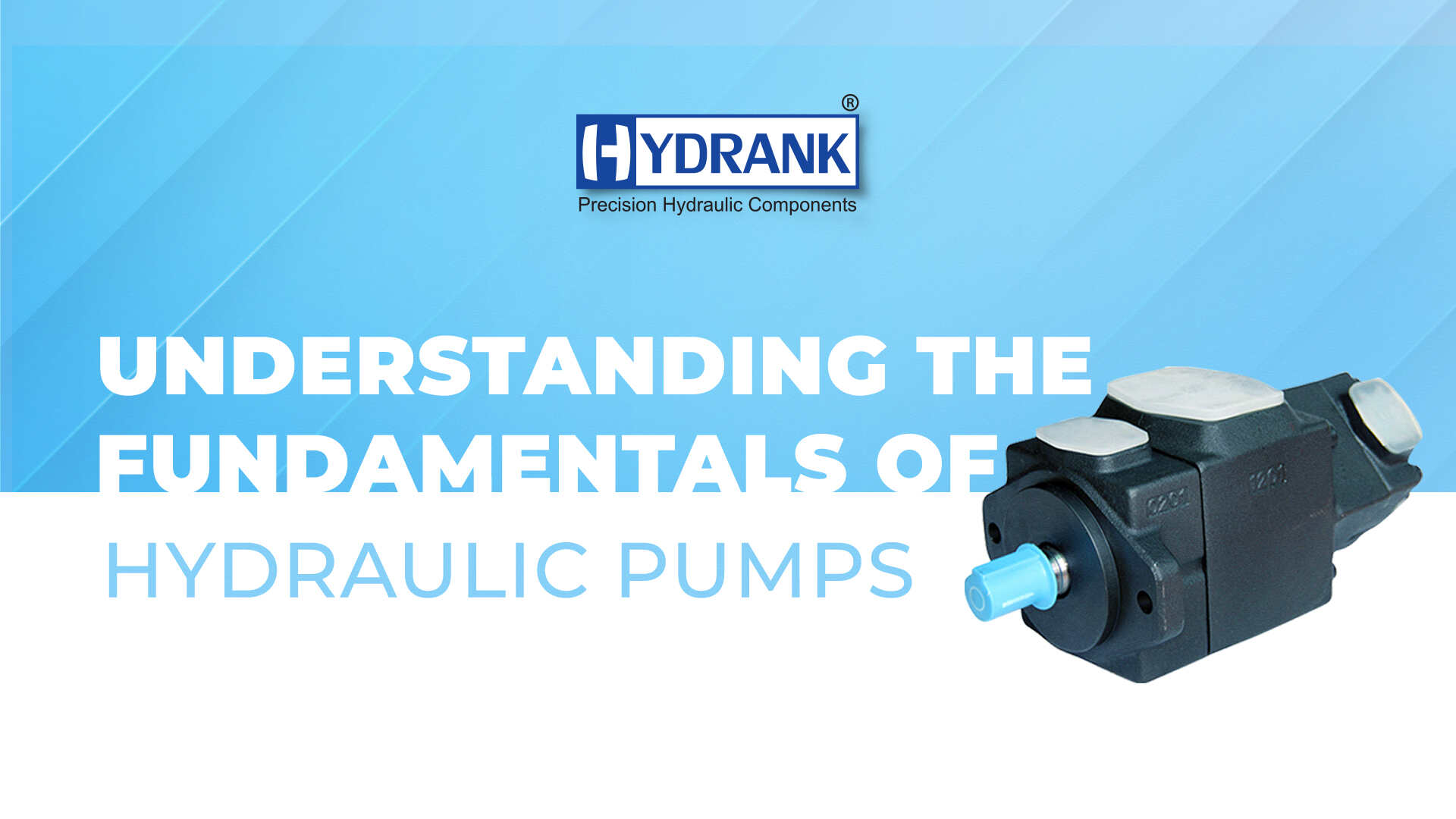-
Understanding the Fundamentals of Hydraulic Pumps

Hydraulic pumps are dependable foundations in the vast field of engineering wonders, powering a wide range of applications in various industries. The function of hydraulic pumps is fundamental to everything from complex hydraulic systems to large machines. But exploring the depths of their operation reveals a universe of complex workings and underlying ideas. Together, we will explore the principles that underpin the functioning of hydraulic pumps and solve some of its riddles. In This Blog You Will Understanding the Fundamentals of Hydraulic Pumps With Shriank.
At the heart of hydraulic systems lies the hydraulic pump, a device tasked with converting mechanical power into hydraulic energy. This fundamental component is instrumental in generating flow to transfer fluids within a hydraulic system. Understanding the nuances of hydraulic pumps entails a grasp of their classifications, mechanisms, and applications.
Classifications of Hydraulic Pumps
Hydraulic pumps are broadly classified into two primary categories: positive displacement pumps and non-positive displacement pumps. Each category encompasses various subtypes, each with distinct operating principles and applications.
Positive displacement pumps, as the name suggests, displace a fixed volume of fluid with each cycle of operation. This category includes gear pumps, vane pumps, piston pumps, and diaphragm pumps. Among these, gear pumps and piston pumps are widely utilized due to their efficiency and versatility.
Gear pumps operate by meshing two gears to create a vacuum, drawing fluid into the pump and then forcing it out under pressure. These pumps are renowned for their simplicity, reliability, and ability to handle high-pressure applications.
Piston pumps, on the other hand, utilize reciprocating pistons to displace fluid. These pumps offer high efficiency and are capable of generating high pressures, making them ideal for demanding industrial applications.
Non-positive displacement pumps, such as centrifugal pumps, rely on centrifugal force to impart kinetic energy to the fluid, thereby increasing its velocity and pressure. Centrifugal pumps are commonly employed in applications requiring large flow rates, such as water circulation and sewage systems.
Hydraulic Pumps: Mechanisms and Operation
The operation of hydraulic pumps revolves around the principles of fluid dynamics and mechanical engineering. In positive displacement pumps, fluid is drawn into the pump’s inlet and trapped within a chamber. As the mechanical components move, the trapped fluid is displaced, resulting in a continuous flow of pressurized fluid through the pump’s outlet.
In contrast, non-positive displacement pumps utilize impellers or vanes to impart kinetic energy to the fluid, causing it to move through the pump’s casing and discharge at a higher pressure. The efficiency of hydraulic pumps is influenced by factors such as pump design, fluid viscosity, and operating conditions.
Applications and Significance
The significance of hydraulic pumps transcends various industries, including automotive, construction, aerospace, and manufacturing. From powering hydraulic presses to driving hydraulic motors, these pumps play a pivotal role in enabling motion, control, and force transmission within mechanical systems.
In the automotive sector, hydraulic pumps are integral components of power steering systems, brake systems, and transmission systems. Their ability to generate high pressures and precise control facilitates smooth operation and enhanced performance of vehicles.
In the construction industry, hydraulic pumps power heavy machinery such as excavators, cranes, and bulldozers, enabling the lifting, digging, and maneuvering of heavy loads with precision and efficiency. Similarly, in aerospace applications, hydraulic pumps are utilized in landing gear systems, flight control systems, and hydraulic actuators, ensuring the safe and reliable operation of aircraft.
Conclusion:
In conclusion, comprehending the fundamentals of hydraulic pumps is essential for engineers, technicians, and enthusiasts alike. By understanding the classifications, mechanisms, and applications of hydraulic pumps, one can harness their power to drive innovation and efficiency across industries.
As a leading provider of hydraulic solutions, Shriank is committed to delivering high-quality hydraulic pumps and components that meet the diverse needs of its customers. With a focus on innovation, reliability, and customer satisfaction, Shriank continues to redefine the boundaries of hydraulic technology, empowering industries to achieve new heights of performance and productivity.
In essence, understanding the fundamentals of hydraulic pumps not only expands our knowledge but also opens doors to endless possibilities in engineering and beyond. With Shriank at the helm, the journey toward hydraulic excellence is paved with innovation, reliability, and unwavering commitment.
India's Largest Hydraulic Vane Pump Supplier
contact us: +91 98989 09148
Delivery
Prompt and accurate delivery
Client Servicing
Pro after-sales customer support
Quality assurance
Top quality standards
Export
More then 10 countries
